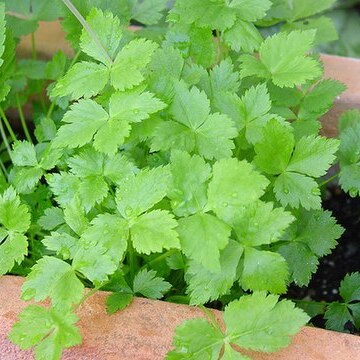Rhizomatous perennial herbs. Leaves variously pinnate with broad leaflets. Umbels compound, pedunculate, numerous; involucre and involucel present or absent, if present then of very few linear bracts and bracteoles. Flowers hermaphrodite or polygamous. Calyx-teeth obsolete or more rarely well defined. Petals small, white or greenish white, sometimes suffused with lilac, glabrous, incised above an incurved apical lobule. Fruit ovate to lanceolate-ovate, laterally compressed, the mericarps slightly narrowed to the commissure, glabrous, or pilose when young and soon glabrescent; primary ribs low, not at all prominent; valleculae 1– or (in Africa constantly) 2–3-vittate, the commissure 2–4-vittate; stylopodia elongate-conical, tapering into the recurved or divergent styles; carpophore bifid. Endosperm pentagonal-subreniform in section.
Fr linear-oblong, slightly flattened laterally, tipped by the slender stylopodia, the ribs low and obtuse; oil-tubes 1–4 in the intervals, 2 on the commissure; carpophore bifid to the base; umbels compound, the rays ± unequal; invol none or of a single small bract; umbellets few-fld, the 0–3 bractlets minute, the pedicels very unequal; sep minute or obsolete; pet white; branching, glabrous herbs with trifoliolate lvs and numerous loose, irregular umbels arising terminally and from the upper axils. 4, the others Old World.

